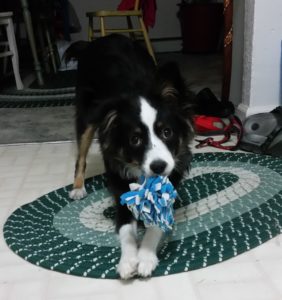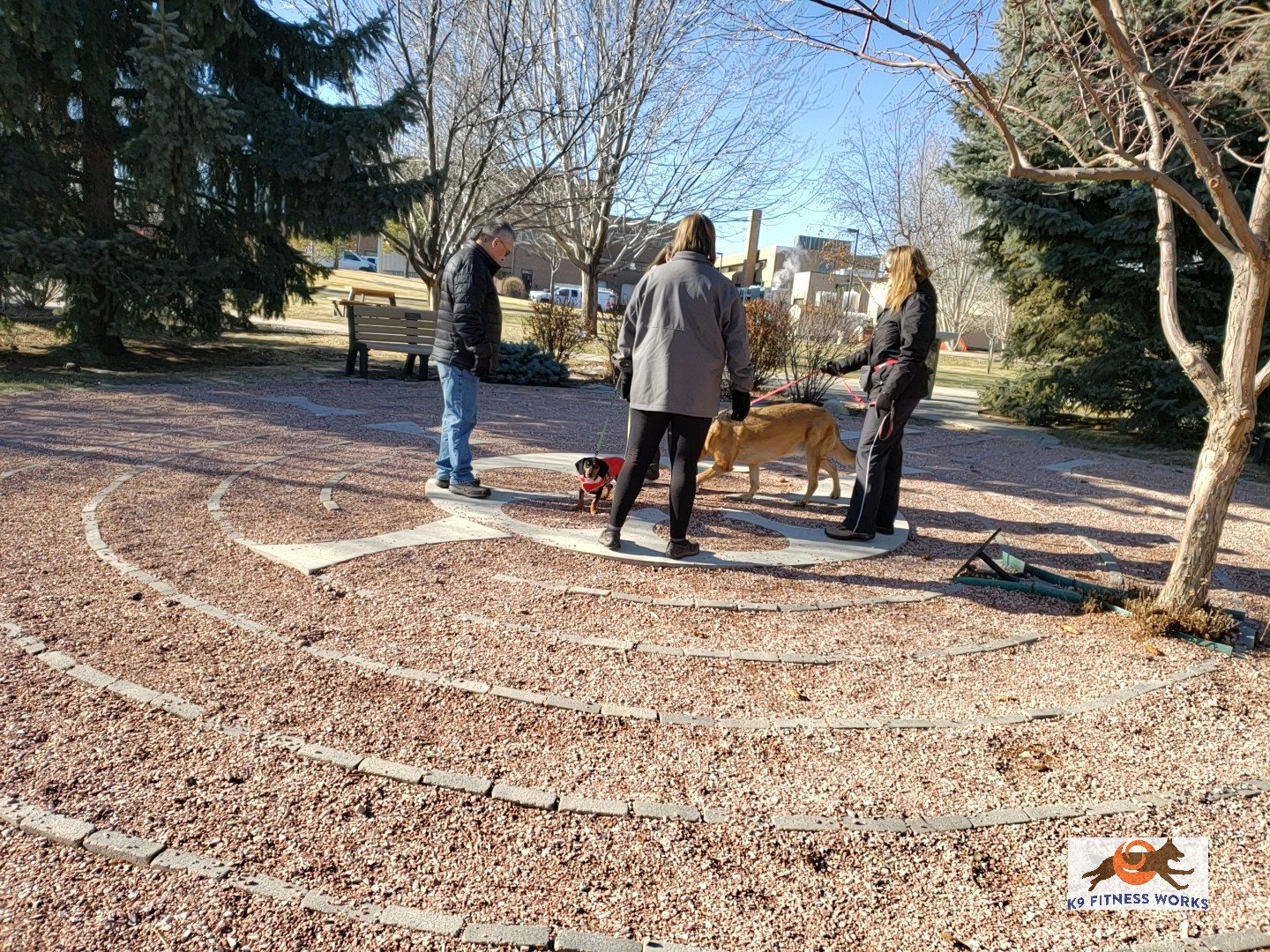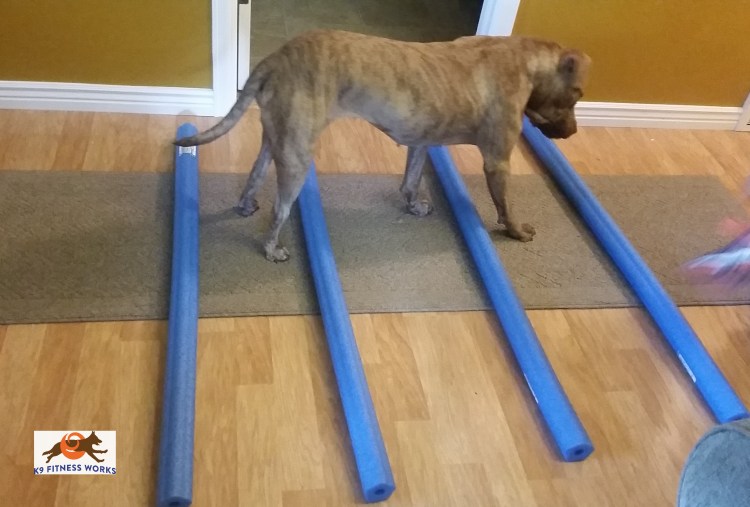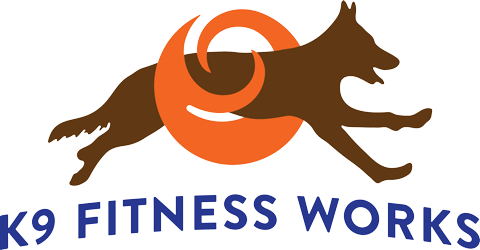We all know the importance of exercise for our dogs. It is as important to get your dog’s daily exercise as it is to feed him breakfast or visit the vet. For your dog’s daily exercise, you probably take them on long walks, play Frisbee or even run with if they are up for the task.
Just as we humans try to run or do some cardiovascular training to keep our heart strong and weight down, we know that keeping our core strong is just as important. To keep our muscles limber and strong, some of us go to yoga, Pilates and/or lift weights to keep injury free and help our overall fitness.
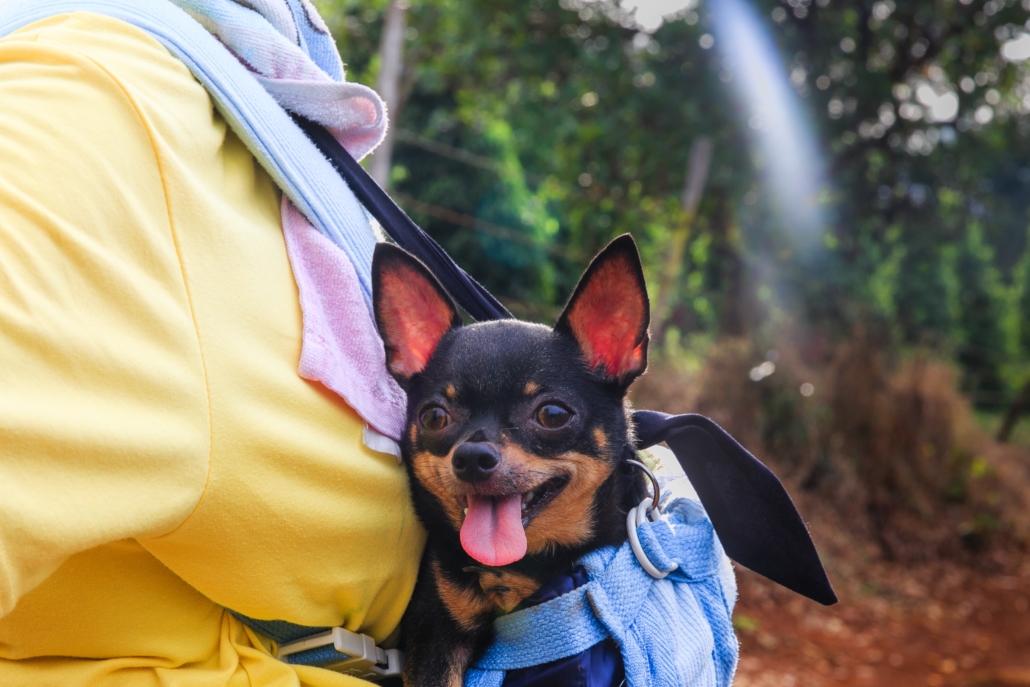
Dogs are just the same. When they are sleeping all day long and suddenly get up or try to catch a Frisbee that is flying in the air, they can twist their body in an awkward way and hurt themselves. Canine Fitness can help prevent your dogs’ from getting injured and stay flexible.
What is Canine Fitness?
Canine fitness is a way to help strengthen your dog’s muscles, tendons, and overall conditioning so that your dog can engage in his favorite activities without getting hurt. A good Certified Canine Fitness Trainer will help your dog improve his strength, flexibility, and even mental alertness .
The best trainers will do an overall assessment to see where your dog’s body needs strengthening and how to help them use their core or leg muscles properly. A good trainer will create a plan and give you some exercises that you can do at home with your dog.
Canine Fitness Can Help Prevent Injury
Canine fitness is not just for dogs who are athletes that compete in sports, but for all dogs. The dogs that have a stronger core and overall body strength are less likely to get injured.
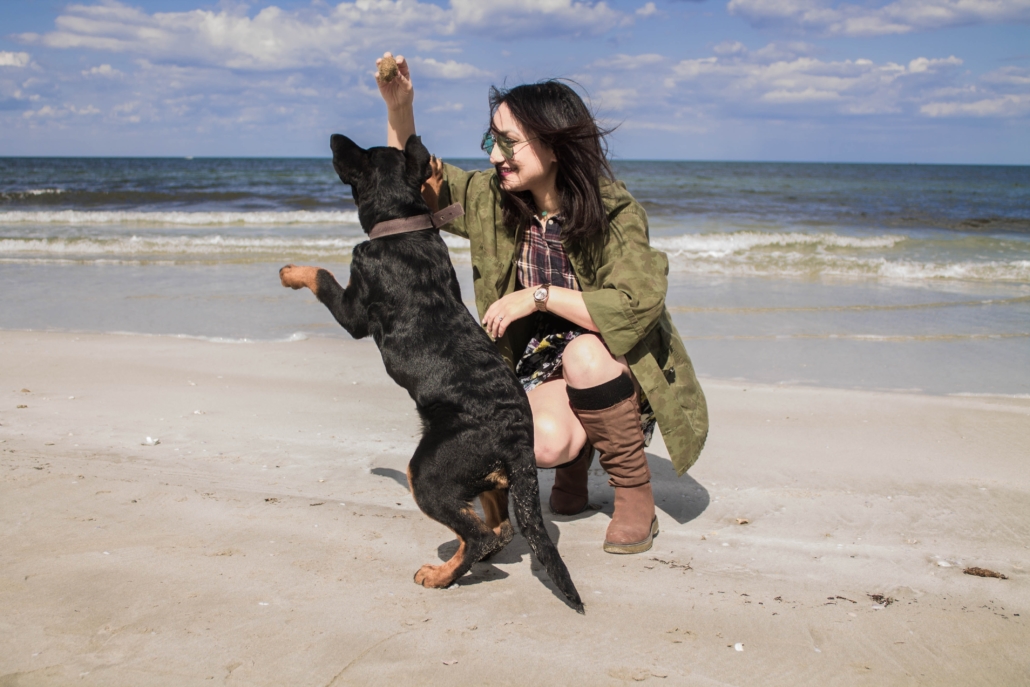
For example, if you and your dog are playing a game of Fetch and your dog runs too quickly, skids, or moves in the wrong direction, he can seriously hurt his paw or knee. However, if your dog’s core and overall body strength is more flexible and stronger, than your dog will probably recover more quickly and even better, won’t get injured.
Older Dogs Can Benefit From Stretching
Core training can help all dogs, particularly older ones. A good, solid Canine Trainer will know how to stretch your dog properly so your older pup can sit up and walk more readily.
Even certain breeds, like Labradors, that tend to have hip or elbow issues early in life, canine fitness can help with their overall gait. With strength training and stretching, your Labrador will become more flexible as will his hip and elbow muscles stronger.
Watch Your Dog To See What He Does Naturally
Some of the best core conditioning training tips will come straight from your dog. Just watch to see what he does naturally and what he enjoys the best. Maybe it’s even a simple warm-up routine before you play Frisbee or engage in any other physical activity.
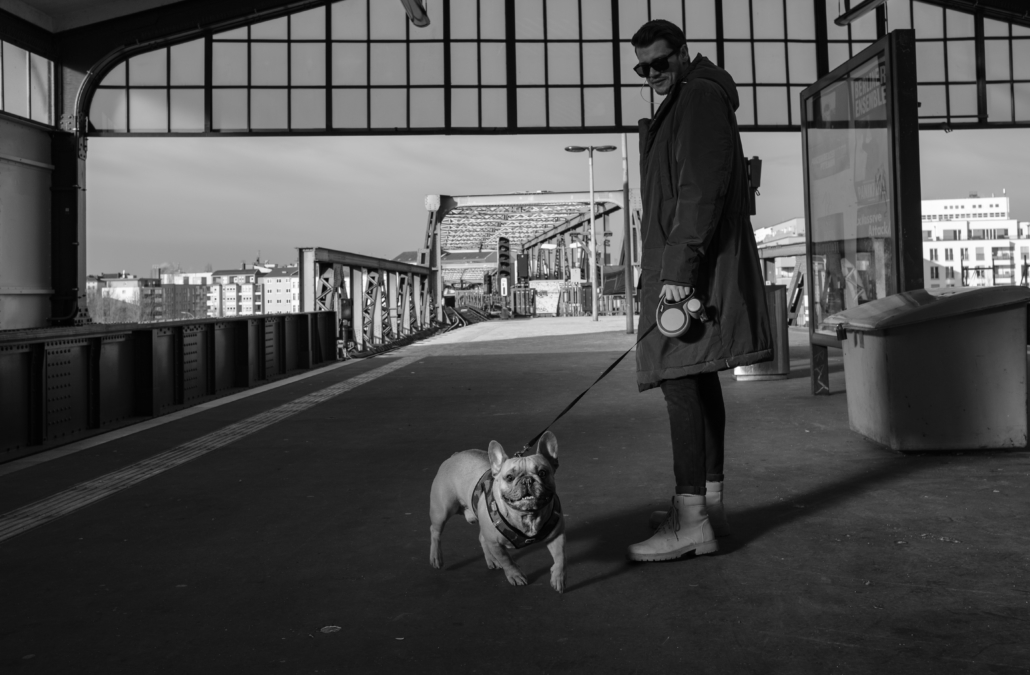
As always, only use positive reinforcement to encourage the activity that he likes so that he will do it even more on his own.
Your Dog’s Weight Is Equally Important
By keeping your dog on the slimmer side, it can help with any running, jogging or even daily walks. The heavier the dog, the more inflammation and pressure that he is putting on his joints. Make sure your dog is at his proper weight.
Some Other Things to Consider:
- Always consult your veterinarian before starting your pup on any new exercise program.
- Start slowly and carefully, particularly if your dog is older or overweight.
- Use positive reinforcement to motivate your dog to learn new exercises to help strengthen his core muscles.
- Consult with a certified canine fitness trainer professional
If your dog is injured, make sure to take him to the vet immediately. And, hopefully, if you have pet insurance, it can help pay for this or any injury that might occur with your dog. If you don’t have pet insurance consider it because an injury can cost $5000-$30000 for rehabilitation.
There is a lot to know about pet insurance and this guide from Consumers Advocate.org can explain not only how pet insurance works, but the best companies that offer pet insurance.
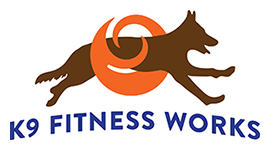
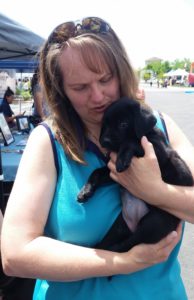
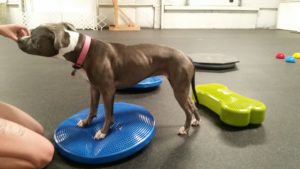 begin to work on balance and it mentally challenges them so they are tired for you. As these exercises become part of their routine they will have a stronger body and foundation for play, work, or competition.
begin to work on balance and it mentally challenges them so they are tired for you. As these exercises become part of their routine they will have a stronger body and foundation for play, work, or competition.